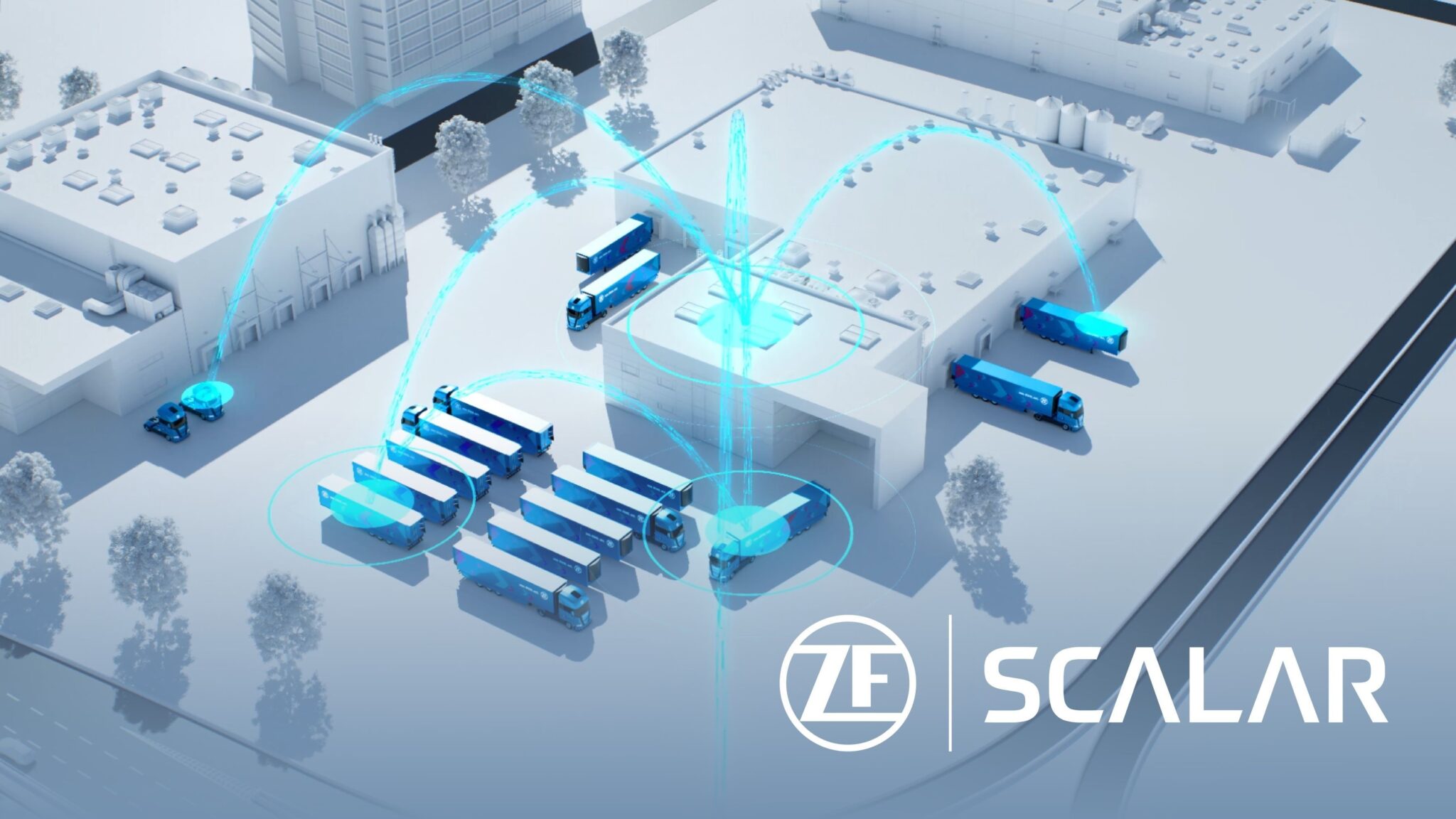Predictive analytics is one of the most powerful tools logistics companies have at their fingertips, according to 4PL Sheer Logistics. More accessible than ever, this type of technology empowers companies to make better decisions to grow their organization from the ground up and does so with real-time efficiency.
For companies that apply predictive analytics to their logistics operation, there is a real competitive advantage. It can offer numerous benefits across all areas of the supply chain, including improving visibility, allowing for better resource allocation, streamlining inventory management, and reducing safety risks.
Predictive analytics, which is noted by Harvard Business School as the method of using data to identify trends, extract insights, and answer questions, enables better strategizing and improved business decision making. There are numerous types of data analytics, with predictive analytics focusing specifically on what might happen in the future.
The Role of Data in Modern Supply Chains
Modern supply chains have more data available to them than ever. That data, along with advanced analytics, can help pinpoint specific patterns that can help make better decisions. In many ways, data can help logistics companies in all facets of their operation. Some examples include:
● Improving route decisions: Designed to optimize routes, this has a direct impact on schedules, customer satisfaction, and profits.
● Performance data: With real-time tracking and monitoring throughout the logistics company, it is possible to pinpoint potential areas of weakness and create plans for improvement.
● Risk mitigation and management: Predictive analytics is highly effective in helping to transform logistics by pinpointing the most likely risks and allowing for better overall management of resources to minimize such risks.
● Supply chain visibility and transparency: Data can also be used to support supply chain visibility in real-time, opening the door for new opportunities to capture data and to make better decisions as opportunities occur.
● Supply chain agility and responsiveness: Data can also be used to improve the overall ability of a supply chain, or more specifically the logistics company, to respond to changing conditions and better meet customer demand.
● Sustainability: Data can also provide for improved sustainability efforts, reducing fuel costs and improving overall longevity of fleets and equipment.
How Predictive Analytics Enhances Supply Chain Visibility
Consider the specific area of supply chain visibility. Oracle shares that supply chain visibility is rather a simple premise in that it is the ability of a company to have a detailed, accurate, and real-time view of its products as they move from the original supplier to the customer. When you apply data analytics to this process, you gain several key benefits:
● Optimized transportation routing: One of the best benefits for logistics companies is optimizing routing. With data, it is possible to make decisions that improve efficiency, including both time-efficient and cost-efficient routes. This data comes from numerous sources, such as weather patterns, GPS logging devices, and traffic patterns.
● Improved supplier monitoring and selection: Also notable is that logistics companies can make better supplier selections based on factors such as sustainability efforts, reliability, and that partner’s overall performance.
● Real-time decision making: The use of predictive analytics in logistics is empowering because it enables companies to make real-time decisions based on fast-changing information. This can include identifying opportunities or mitigating risks.
With the help of a 4PL provider, it is possible to gain oversight of all of these areas and numerous more to improve the overall success of any logistics operation.
Enhancing Forecasting Accuracy with Predictive Models
Another way logistics companies can benefit from predictive analytics is in forecasting. How much product needs to be available in one area compared to another? When will spikes in seasonality make a difference in resource planning? These are basic questions, but with predictive models, it is possible to get highly enhanced and very accurate insights into how to better manage your logistics company.
For example, one of the most effective ways to use these tools is to optimize inventory levels in warehouses or even in resource planning. Companies can use historical sales data to provide some insight, but this is not new. Companies have been doing that for years. What is new is that predictive analytics can offer more insight and allow for consideration of various influencing factors, such as inflationary pressures, delays in products, or trends in the market.
The direct result of this is that companies can make better decisions about their product needs and resource planning. Within the logistics industry alone, this can help with:
● Reducing capital tied up in too many vehicles
● Overstocking situations in warehouses
● Lack of product in the right locations
● Reducing carrying costs overall
● Improving overall resource planning decision-making
Utilization of predictive models can create multiple scenarios, enabling logistics companies to plan for the worst and be ready for the best outcomes. That can ensure better growth and customer satisfaction.
Overcoming Challenges in Implementing Predictive Analytics
The application of predictive analytics in logistics offers numerous advantages at any scale, but some noted challenges can occur. Some critical factors include:
● Ensuring the accuracy of data collected and basing that information on the latest available data. The frequency of data collection, how it is being evaluated, and the overall accuracy of collection methods can make a big difference. Focus on data quality.
● Manage data volume and time demands: Organizations will have access to incredible amounts of data, and that can be a very good thing. However, some predictive analytics tools offer too much of the wrong information, slowing down the decision-making process without reward. It is critical, then, to pick and choose core elements that are most meaningful to the company’s objectives.
● Navigating security and data privacy: This is another area of potential concern, depending on the scenario. Companies must be able to invest in the highest level of security and work to mitigate risks in any data invasion.
With the utilization of predictive analytics, logistics companies can see remarkable change, growth, and profit margin improvement. Applying the right tools at the right time can significantly help companies achieve better results. With the help of a 4PL provider, it is possible to gain oversight of all these areas and numerous more to improve the overall success of any logistics operation.
read more
Business Intelligence System Benefits Large and Small Logistics Providers








